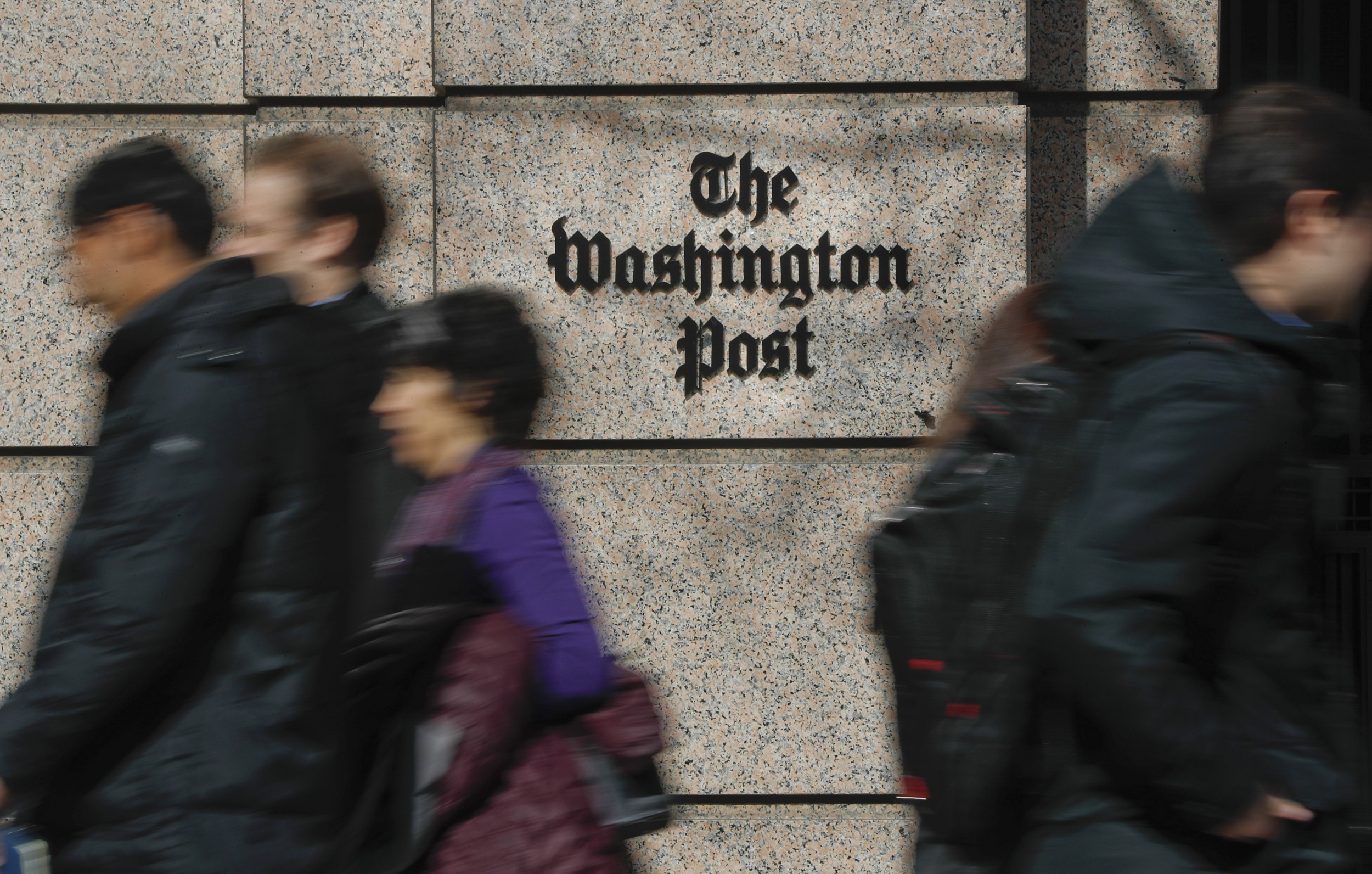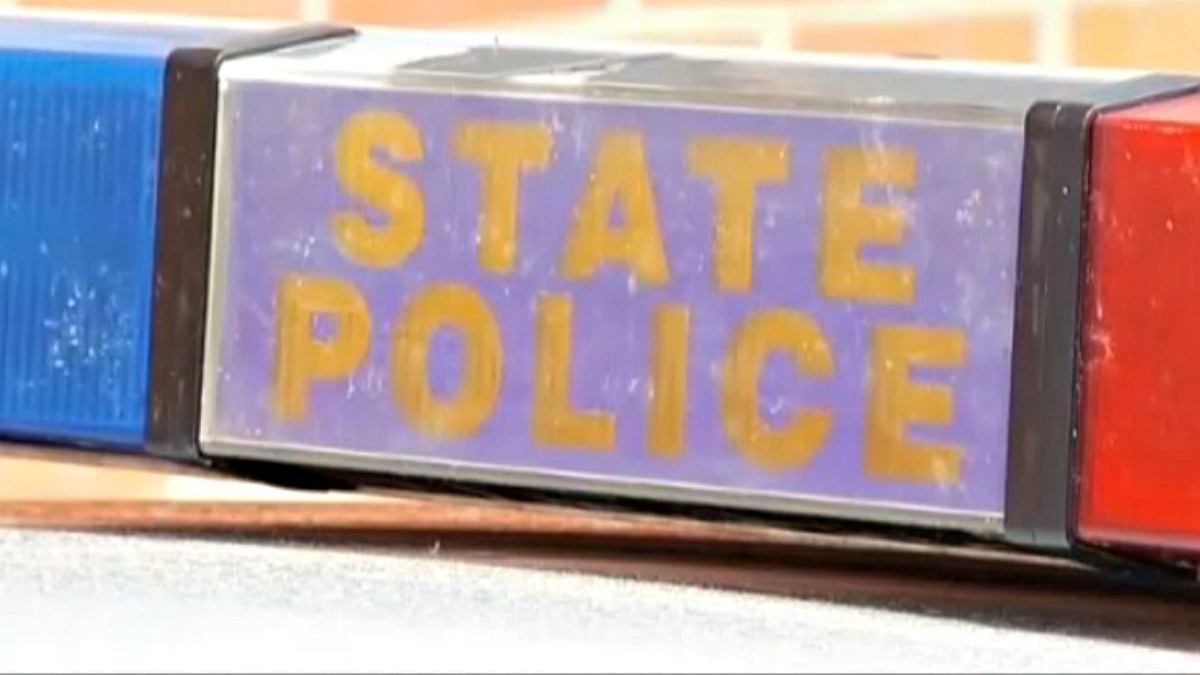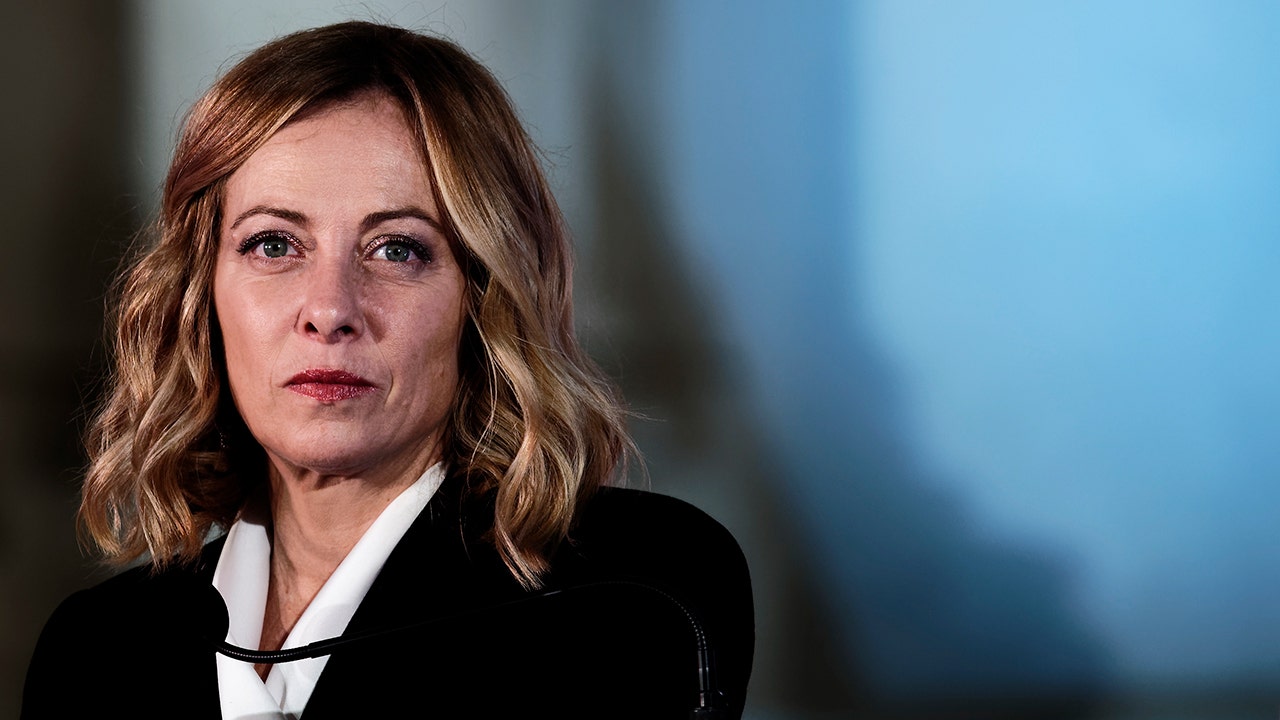San Francisco, CA
Trump reportedly tells $12m San Francisco fundraiser he would be ‘crypto president’
:quality(70)/cloudfront-eu-central-1.images.arcpublishing.com/dlnews/NASJA6GUXFG73CCZCEEHJVCPVE.png)
- Trump campaign raises $12m in liberal San Francisco.
- No specific crypto policy proposals offered.
- Event attended by VC, crypto luminaries.
Donald Trump said he would be a “crypto president,” while criticising Democrats’ regulation of the industry during an exclusive San Francisco fundraiser that netted him $12 million, Reuters reported, citing three sources who were present.
Venture capitalists David Sacks and Chamath Palihapitiya hosted the event at Sacks’ home in the ritzy Pacific Heights neighbourhood, the report said.
“He said he would be the crypto president,” Trevor Traina, a tech executive and former Trump ambassador to Austria, told Reuters.
San Francisco may be a bastion of political liberalism, but many local venture capitalists and crypto investors are backing Trump, citing excessive regulation under the administration of President Joe Biden, according to the report.
Crypto has emerged as a hot-button election issue as the industry has amassed an $85 million warchest to sway voters before the November election, DL News has reported.
Republican National Committeewoman Harmeet Dhillon told Reuters that Trump had offered no specific policy proposals for the crypto industry.
Dhillon added that Coinbase execs, Tyler and Cameron Winklevoss, and other crypto leaders attended the event.
Biden’s White House has said it wants to work with Congress on a regulatory framework for crypto.
Join the community to get our latest stories and updates
Spokesperson Robyn Patterson told Reuters in a statement that the Biden administration supports crypto innovation as well as protection against the “risks associated with new technologies.”
Crypto market movers
- Bitcoin is down 2.58% today at $69,411.91.
- Ethereum is down 3.40% today at $3,692.41.
What we are reading

San Francisco, CA
The Golden Gate Bridge Was a Dream That Turned Into a Depression-Era Nightmare for the 11 Men Who Died During Its Construction
/https%3A%2F%2Ftf-cmsv2-smithsonianmag-media.s3.amazonaws.com%2Ffiler_public%2Fbe%2F7b%2Fbe7bfa39-ecb3-42ab-92cc-5ebcde41a5ec%2Fgettyimages-530797710.jpg)
The construction of the Golden Gate Bridge was an immense project with an immense cost.
George Rinhart / Corbis via Getty Images
Today, San Francisco’s Golden Gate Bridge may be the world’s most photographed. Upon its completion, it became Earth’s longest suspension bridge and the Bay Area’s most famous attraction.
But in the early 20th century, it was just an impossible dream—and when construction workers broke ground on January 5, 1933, work started inauspiciously as they began moving three million cubic feet of dirt.
The idea for a bridge across the Golden Gate Strait, where the Pacific Ocean flows into the bay in Northern California, was first floated in 1872 by railroad mogul Charles Crocker. But most dismissed Crocker’s idea. A bridge stretching almost two miles across open ocean? Unfeasible.
Nearly five decades later, in 1916, San Francisco engineer James H. Wilkins re-proposed the bridge, and by 1919, officials tasked city engineer Michael M. O’Shaughnessy with exploring the idea. When O’Shaughnessy consulted with engineers from across the country, most estimated such a project would cost more than $100 million, if it could be done at all.
One engineer, though, believed in the project from the start: Joseph B. Strauss, who told O’Shaughnessy it could be built for around $27 million.
Strauss’ original design was a dud, so he recruited other players who steered the project onto a successful course. Charles Ellis, an Illinois engineer, and Leon Moisseiff, designer of New York City’s Manhattan Bridge, drew up a new, $35 million plan. Architect Irving Morrow contributed the Gate’s famous aesthetics, like its Art Deco lines, dramatic lighting and iconic reddish color—called “industry orange.”
Construction began in January 1933. In 1934, the north tower was raised, and in 1935, the south pier. By 1936, workers had built a precarious catwalk between them so they could build suspension cables in situ.
Facing Pacific winds atop the towers, workers insulated their jackets with crumpled newspaper. “You put all the clothes on you had and worked, worked hard, or you’d freeze,” worker Martin Adams told KQED. He called the Golden Gate Strait “the coldest place I’ve ever worked.”
Still, it was the 1930s—the middle of the Great Depression—and people were desperate for work. Hopeful men lined up, waiting for construction jobs that would open when laborers inevitably died on the job.
Loss of life was expected with big projects like this one, but Strauss took a special interest in protecting the bridge’s builders. Workers wore special hard hats and glare-free goggles, and Strauss insisted on an unheard-of construction feature: a $130,000 safety net. It ended up catching 19 men, who called themselves the “Halfway to Hell Club.” But it didn’t catch all who fell.
On February 17, 1936, construction workers were tasked with removing wooden scaffolding, working from a temporary catwalk. Adams watched as the catwalk broke away, ripped through the safety net and fell into the ocean, taking 12 men with it—220 feet down.
“The only thing that went through my mind was survival,” said Slim Lambert, one of the falling men. “I knew that to have a prayer, I had to hit the water feet first.”
When Lambert plunged into the Pacific, his legs became tangled in the sinking net. He was pulled so deep that his ears bled before he untangled himself and swam to the surface. He and two others were plucked from the waves by a crab fisherman, but only Lambert and colleague Oscar Osberg survived.
Construction continued. By May 1936, the cable compression was finished, In November, two main span sections were joined, marked by a blessing with holy water. In the first half of 1937, the roadway was paved.
Finally, on the morning of May 27, 1937, 18,000 people gathered on each side of the finished Golden Gate Bridge as it opened to pedestrians. San Franciscans had fun with it, marking historic firsts: The San Francisco Chronicle recorded the first person to walk across the bridge on stilts, pushing a stroller, on roller skates, on a unicycle and while playing a tuba. A week’s worth of celebrations became known as the Golden Gate Bridge Fiesta.
The bridge has since become a symbol of architectural ingenuity and Bay Area style. After all, its construction was championed by citizens who voted to spend a fortune building a structure once deemed impossible in a time of economic strife.
San Francisco, CA
San Francisco pedestrian killed after hit by vehicle, suspect on the run

SAN FRANCISCO – One person is dead and a suspect is on the run following a collision in San Francisco Saturday night, police said.
Just after 5:30 p.m., the San Francisco Police Department responded to Silver Avenue and Colby Street for reports that a pedestrian was hit by a vehicle.
The victim was found lying on the ground suffering from life-threatening injuries. They were taken to the hospital where they later died, police said.
The suspect took off from the scene, police said.
The fire department said the person was trapped under a Fiat. However, the police department has not released any information about the suspect.
The victim has not been identified.
San Francisco, CA
San Francisco non-alcoholic bar seeing shift in drinking culture

Watch CBS News
Be the first to know
Get browser notifications for breaking news, live events, and exclusive reporting.
-

 Health1 week ago
Health1 week agoNew Year life lessons from country star: 'Never forget where you came from'
-
/cdn.vox-cdn.com/uploads/chorus_asset/file/24982514/Quest_3_dock.jpg)
/cdn.vox-cdn.com/uploads/chorus_asset/file/24982514/Quest_3_dock.jpg) Technology1 week ago
Technology1 week agoMeta’s ‘software update issue’ has been breaking Quest headsets for weeks
-

 Business4 days ago
Business4 days agoThese are the top 7 issues facing the struggling restaurant industry in 2025
-

 Politics1 week ago
Politics1 week ago'Politics is bad for business.' Why Disney's Bob Iger is trying to avoid hot buttons
-

 Culture4 days ago
Culture4 days agoThe 25 worst losses in college football history, including Baylor’s 2024 entry at Colorado
-

 Sports4 days ago
Sports4 days agoThe top out-of-contract players available as free transfers: Kimmich, De Bruyne, Van Dijk…
-

 Politics3 days ago
Politics3 days agoNew Orleans attacker had 'remote detonator' for explosives in French Quarter, Biden says
-

 Politics2 days ago
Politics2 days agoCarter's judicial picks reshaped the federal bench across the country

















